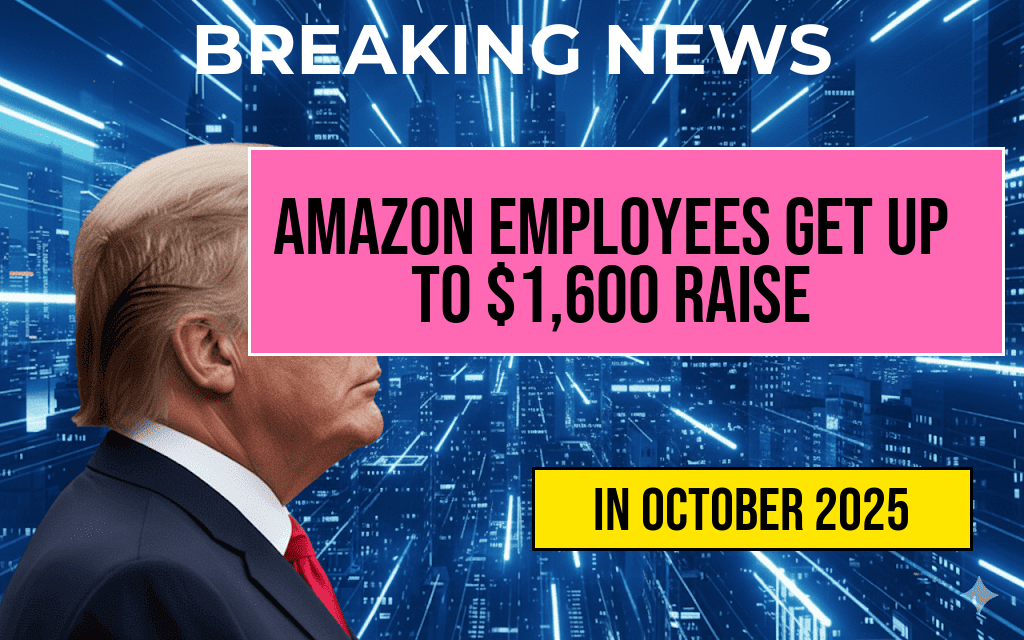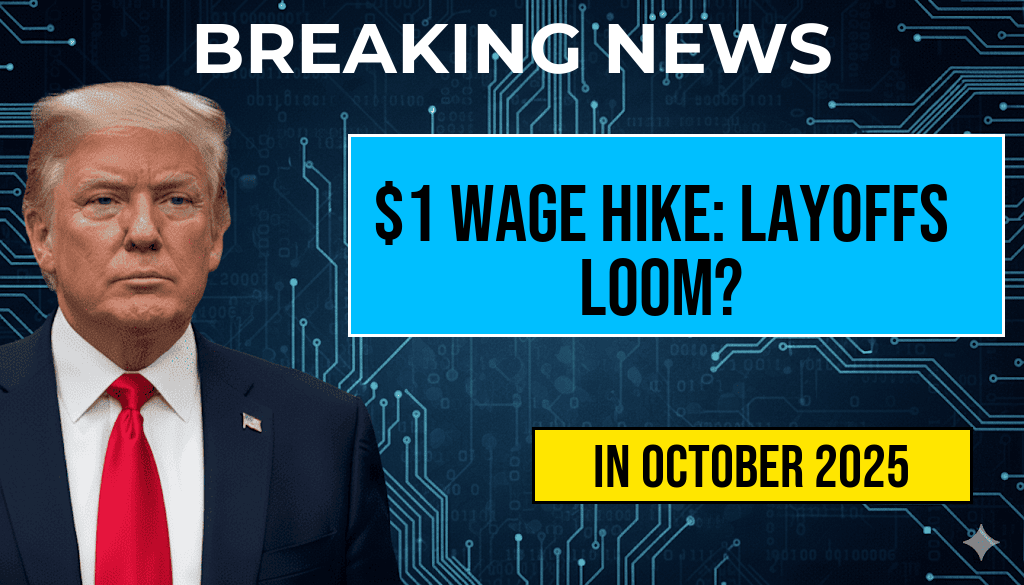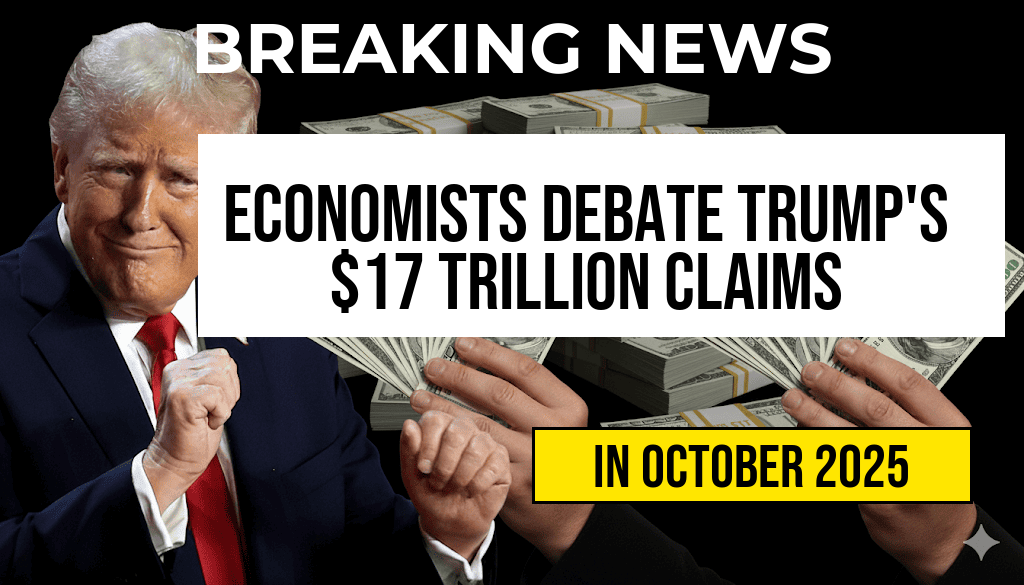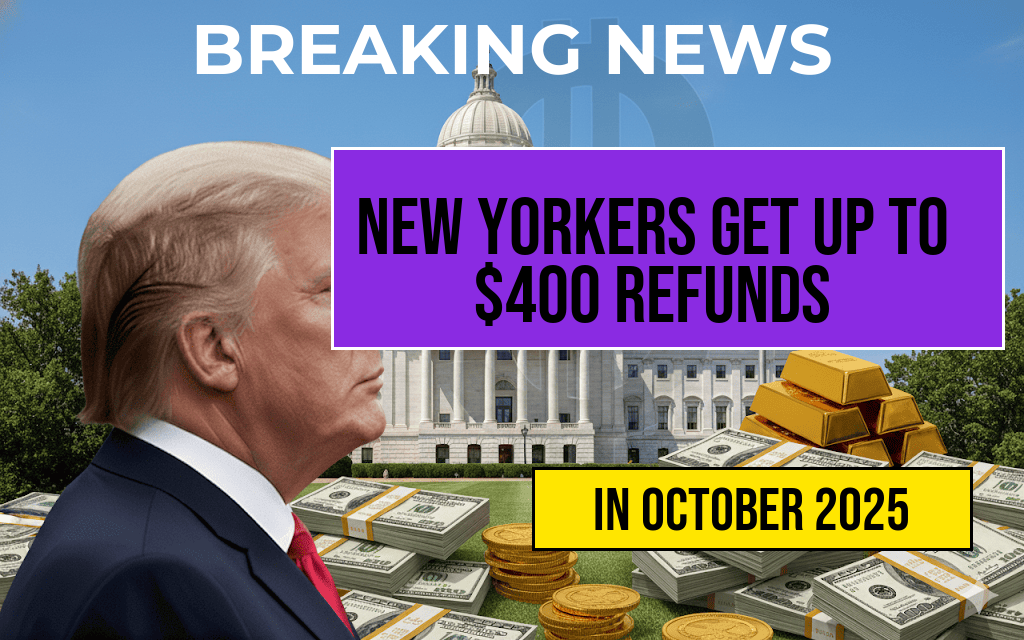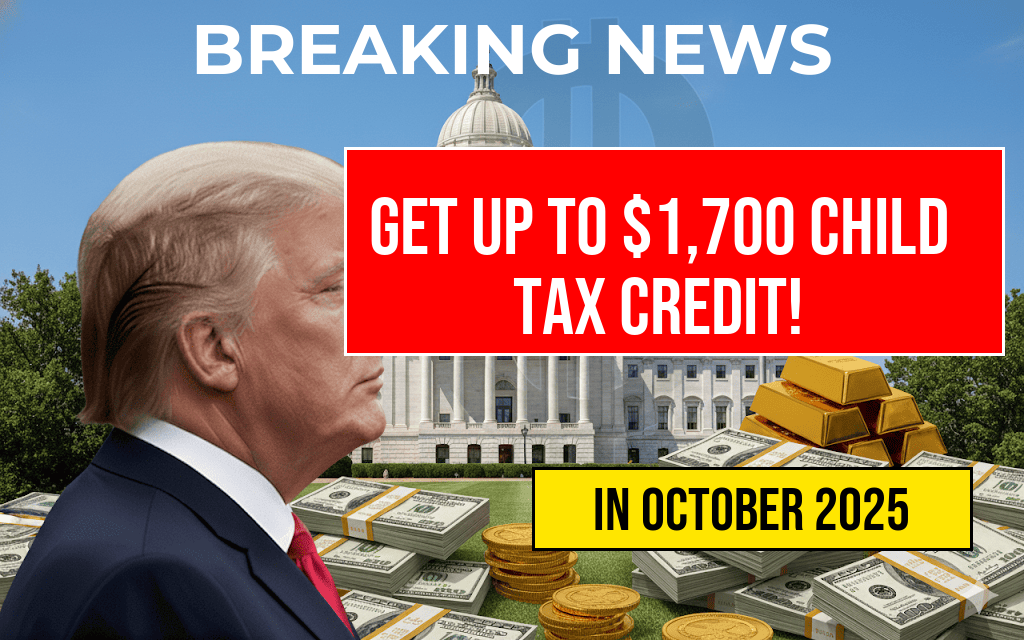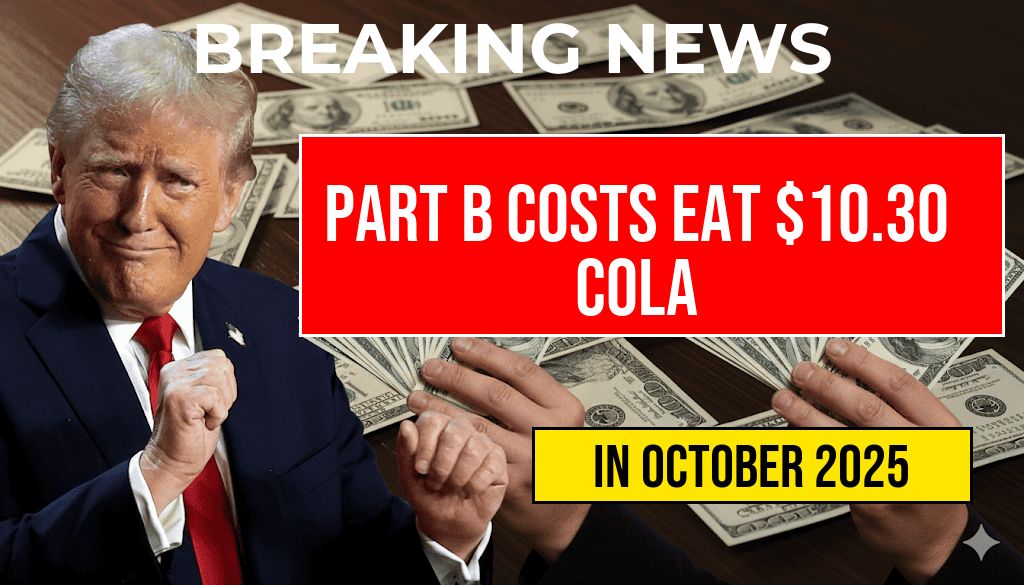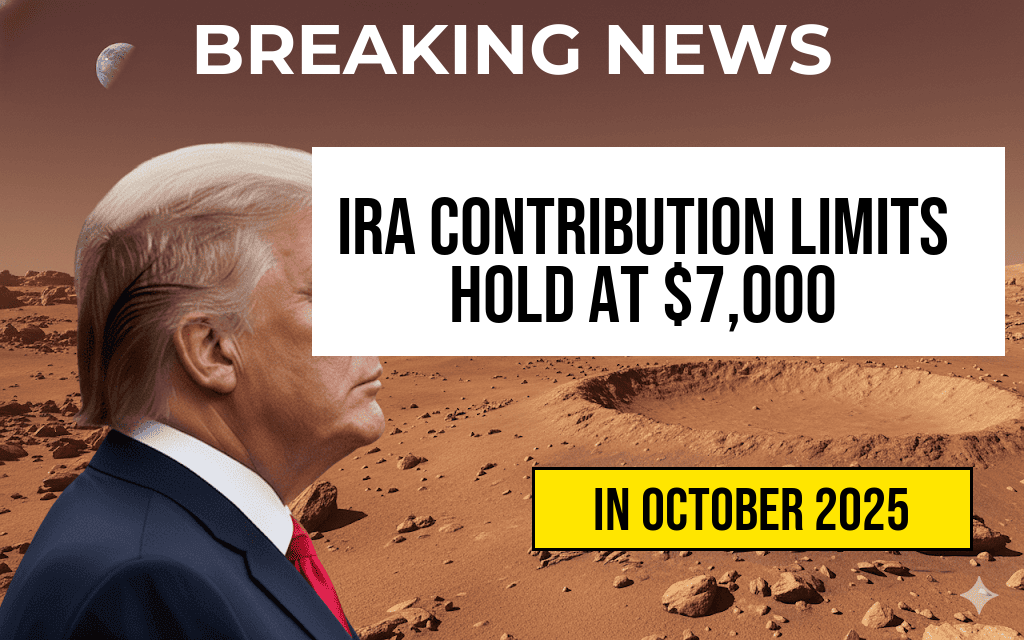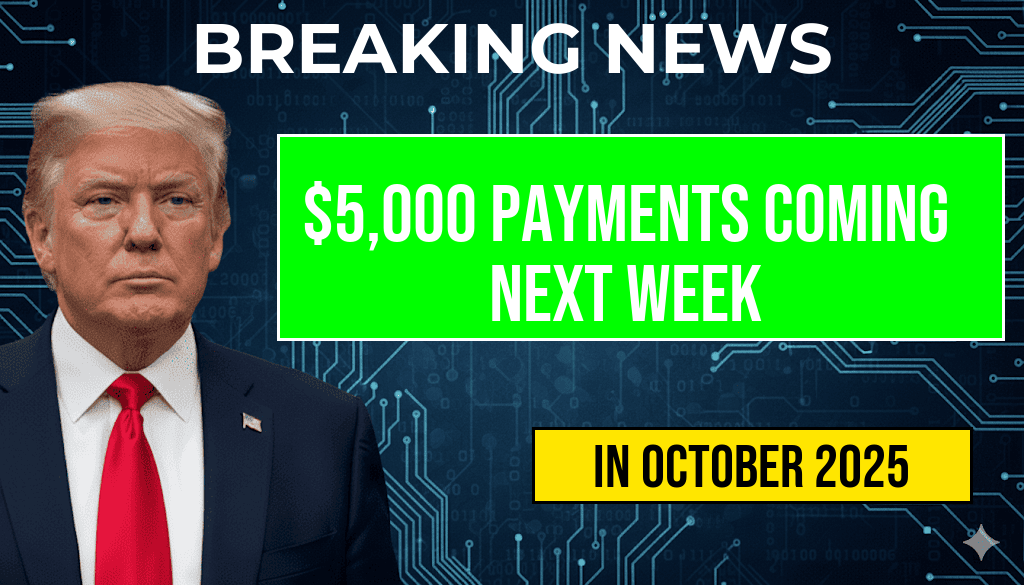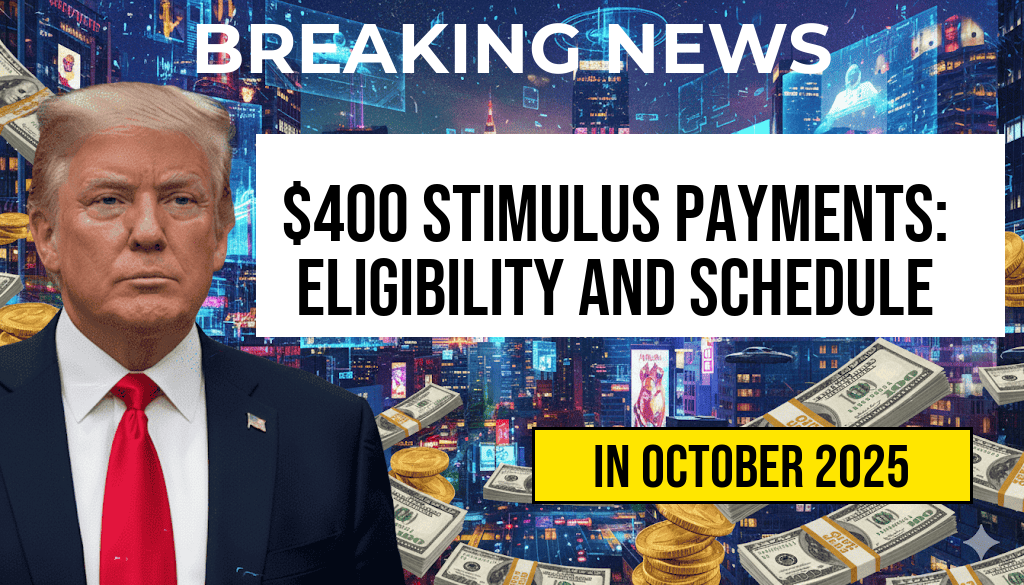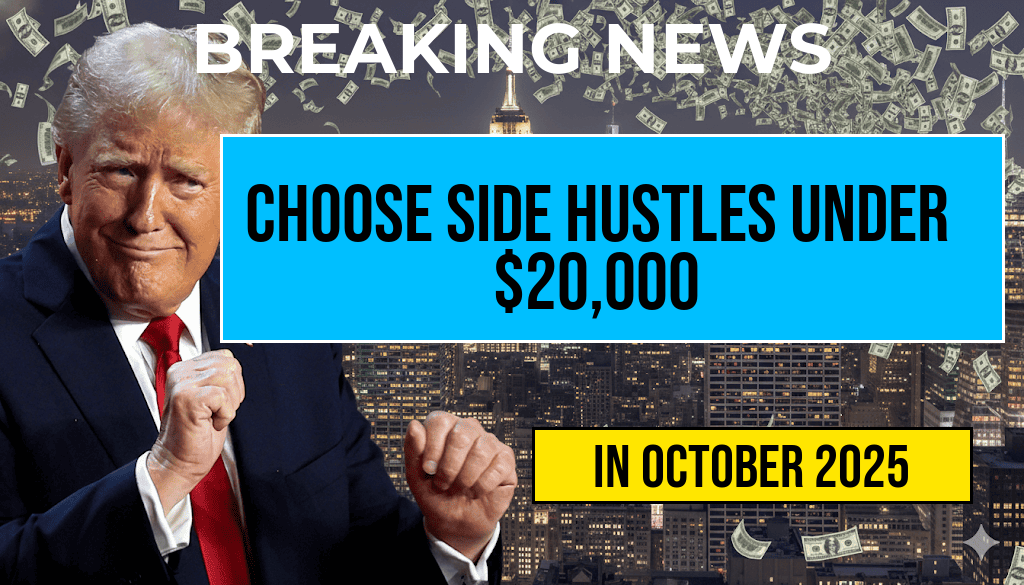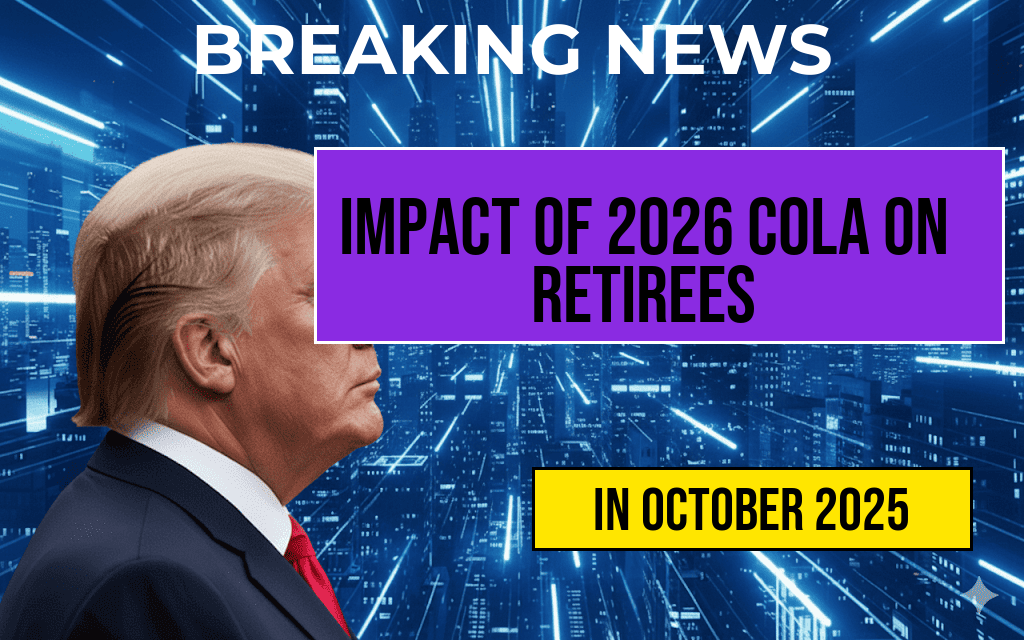As former President Donald Trump embarks on his campaign trail for the 2024 election, he has made bold claims regarding a proposed $17 trillion global investment initiative aimed at revitalizing the U.S. economy and fostering international partnerships. However, this ambitious proposal has ignited a heated debate among economists, with experts sharply divided over its feasibility and potential impact on both the American economy and global markets. Supporters argue that such a massive investment could spur innovation and create millions of jobs, while critics question the practicality and sustainability of funding such an endeavor. This article delves into the contrasting perspectives surrounding Trump’s investment claims to provide a comprehensive analysis of the implications for the U.S. and beyond.
Understanding Trump’s Investment Proposal
Trump’s plan revolves around attracting foreign investment and stimulating domestic growth through infrastructure, technology, and energy projects. He asserts that these efforts could generate significant returns, ultimately boosting the U.S. GDP. The proposal includes a mix of public-private partnerships and tax incentives designed to entice both domestic and international investors.
Supporters’ Viewpoint
Proponents of Trump’s investment initiative emphasize the potential for job creation and economic growth. They argue that a $17 trillion investment could lead to:
- Job Growth: Estimates suggest millions of jobs could be created across various sectors, including construction, technology, and renewable energy.
- Infrastructure Development: Significant upgrades to roads, bridges, and public transport systems could enhance overall efficiency, benefiting both businesses and consumers.
- Global Competitiveness: By investing heavily in innovation and technology, the U.S. could regain its competitive edge against other economic powers.
Economists in favor of the plan cite historical precedents, such as the New Deal, which successfully stimulated the economy during the Great Depression, as a model for how large-scale investments can yield positive outcomes.
Critics Raise Concerns
On the other side of the debate, critics highlight several concerns regarding the practicality and implications of such a massive investment. Key issues include:
- Funding Feasibility: Skeptics question how such a large investment would be financed, arguing that it could lead to increased national debt without guaranteed returns.
- Inflation Risks: Injecting trillions into the economy could exacerbate inflation, which is already a pressing concern as the nation grapples with rising costs.
- Political Viability: Given the current political landscape, securing bipartisan support for a $17 trillion initiative may prove challenging, potentially stalling implementation.
These economists warn that without a clear, actionable plan, Trump’s bold claims could remain just that—claims without the backing of a viable strategy.
The Economic Landscape
As the U.S. economy continues to recover from the repercussions of the COVID-19 pandemic, the discussion around large-scale investments is particularly timely. According to the Forbes, understanding the scale of a $17 trillion investment is crucial. For context, this amount is significantly higher than the total federal budget for many years, raising questions about how such an initiative would be structured and managed.
Potential Global Impact
The implications of Trump’s investment proposal extend beyond U.S. borders. A concerted effort to invest on a global scale could reshape international economic relations. Countries that receive U.S. investments might experience accelerated growth, potentially leading to a shift in economic power dynamics. However, the effectiveness of this strategy relies heavily on the execution and sustainability of the investment.
Conclusion: A Divided Economic Community
The clash among economists over Trump’s $17 trillion investment claims underscores the complexities of economic forecasting and policy-making. As the debate continues, the implications of this proposal will be closely monitored by stakeholders across the economic spectrum. Whether or not the initiative gains traction, the discussions it generates will undoubtedly influence the economic narratives leading up to the 2024 election and beyond.
| Aspect | Supporters’ Arguments | Critics’ Concerns |
|---|---|---|
| Job Creation | Millions of new jobs across sectors | Quality of jobs may be questioned |
| Funding | Public-private partnerships could mitigate costs | Potential for increased national debt |
| Inflation | Could stimulate demand in the economy | Risk of exacerbating current inflation trends |
Frequently Asked Questions
What are the main claims made by Trump regarding the $17 trillion global investment?
Trump claims that his administration has facilitated $17 trillion in global investments, asserting that these investments are a result of his economic policies and efforts to attract foreign capital.
Why do some economists disagree with Trump’s investment figures?
Many economists argue that the $17 trillion figure is inflated or misleading, pointing out that it may include future commitments or investments that would have occurred regardless of Trump’s policies.
What evidence do economists provide to support their skepticism?
Economists highlight that many of the claimed investments do not account for actual cash flow and instead represent projections, which can lead to significant discrepancies between reported figures and real economic impact.
How does this debate impact public perception of Trump’s economic policies?
The clash among economists over the investment claims may lead to confusion among the public, affecting their perception of the effectiveness and credibility of Trump’s economic policies and his administration’s achievements.
What are the implications of these investment claims for future economic policies?
If Trump’s claims are found to be exaggerated, it could affect future investment strategies and policies, as both investors and policymakers may become more cautious in their expectations and decisions based on overstated figures.

